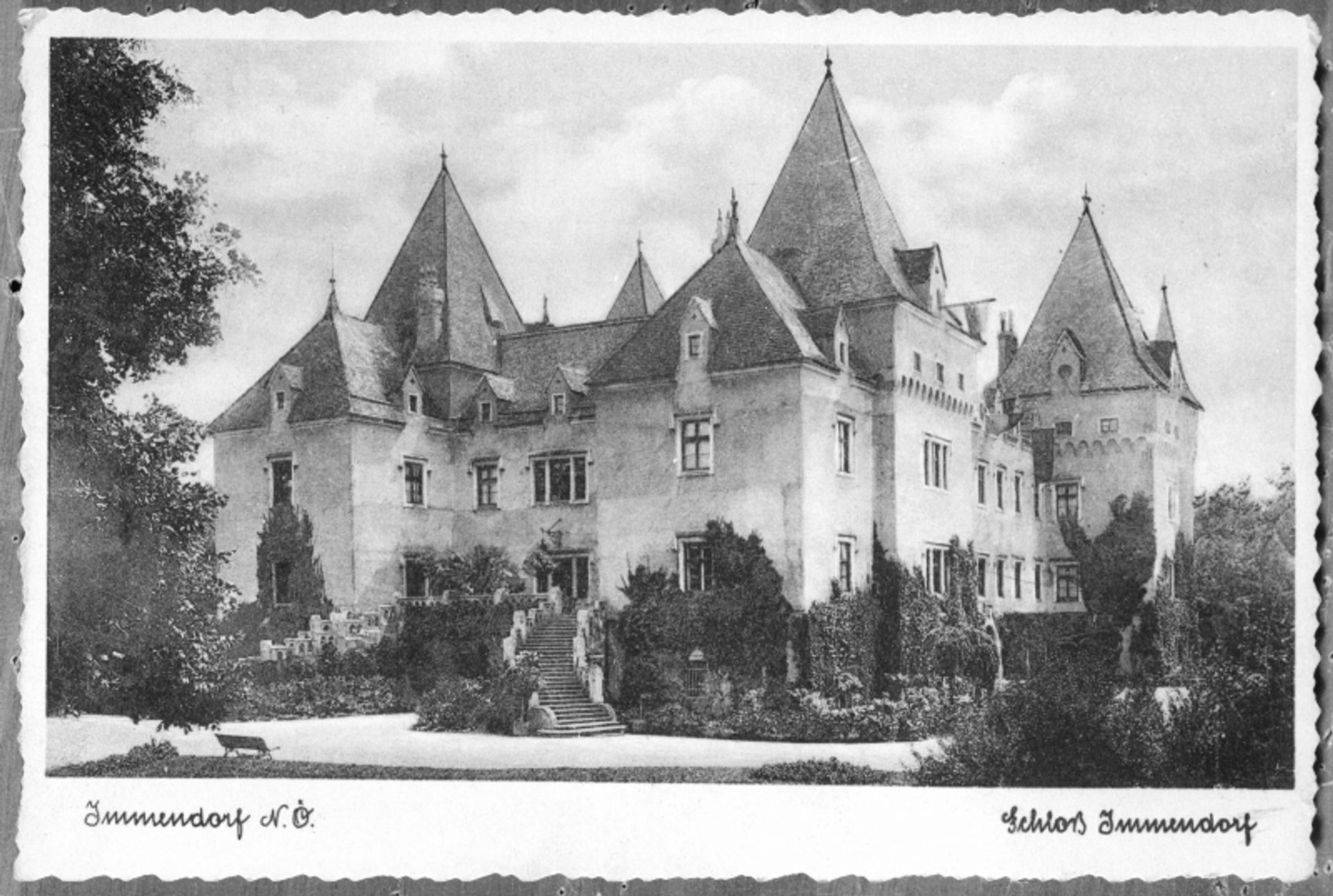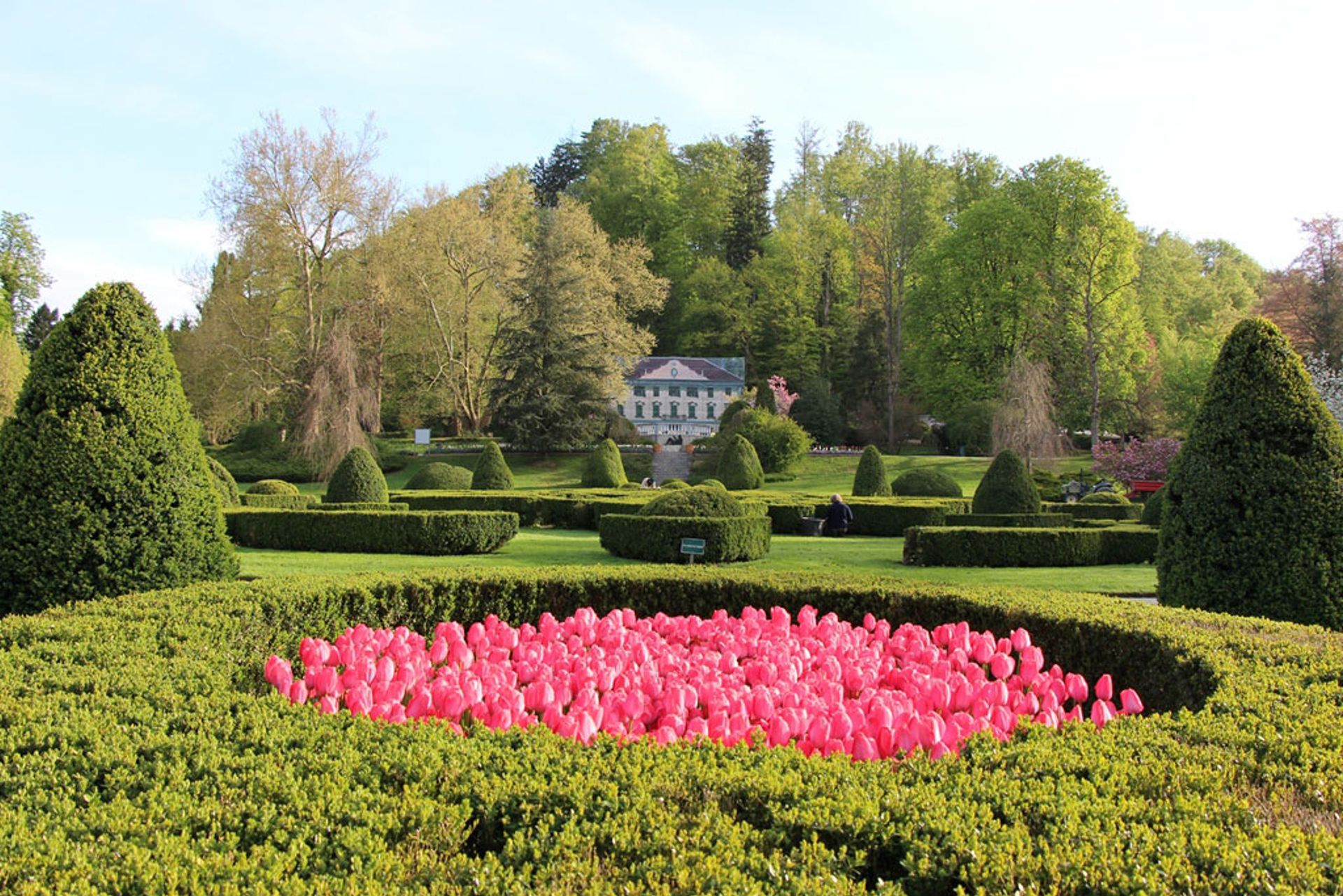The world is full of visible palaces, castles and manor houses, but there is a danger that we could forget some of mankind's most impressive creations that were destroyed, and many of them needlessly. It is one thing to look at a ruin and try to reconstruct what it once looked like; whatever stone fragments remain are a reminder of what once was there. The greatest difficulty is when something was razed to the ground, and no above-ground relic remains to remind us that a structure was ever there at all.
Such architecture was most often destroyed in times of war. Castles, in particular, were instruments of war and occupying or levelling them was the goal of invading armies. In many cases, the castles were then taken over by the victors and re-purposed, but many were dismantled, particularly when the structure could no longer repel attacks by cannon. This is easier to understand than the willful and seemingly unnecessary destruction of palaces by invading or sometimes resident forces.

A photo of Schloss Immendorf from 1936 by Heinrich Seering © Photo: ÖNB / Seering
Consider the loss not only of the palace called Schloss Immendorf, but of 15 masterpieces by Gustav Klimt, which were collectively torched by the Nazi Schutzstaffel during the Second World War. This is just one of countless such examples. Where I live, in northern central Slovenia, there are 11 ghosts of palaces within a relatively small radius. While there is no shortage of castles remaining (my town, Kamnik, boasts three), at least 11 were destroyed at the same time for no strategic reason. While the Slovene Partisans are great heroes of the Second World War, doing battle with and vanquishing the fascists, and most of what they did has been deemed admirable by the history books, there is one habit they had that is unforgivable and which some might consider its own type of war crime.
During and immediately after the war, partisan forces entirely levelled many castles in former Yugoslavia, including the 11 in my neighbourhood. The reason was not to keep them out of enemy hands, nor was it tactical, from a military standpoint—it was a matter of principle. Socialist partisans did not approve of the aristocracy and wanted to eliminate the physical remnants of feudalism and the class system, even though the aristocrats themselves were long gone. But their castles, full of beautiful objects and works of art, remained. The Nazis generally preserved palaces, to occupy them themselves, until Hitler's 1945 Nero Decree resulted in the destruction of German infrastructure to prevent its use by incoming Allied forces. The partisans, however, voluntarily destroyed their own cultural heritage, just because they disapproved of the people who had built them and what they stood for.
This is an extreme realisation of what Filippo Tommaso Marinetti wrote about in his 1909 Futurist Manifesto: the idea that the past should be buried and libraries and museums demolished and only new and forward-thinking things preserved. But one wonders if any of the partisans stopped for a moment to consider what they were obliterating?
The result, unfortunately, is that while Slovenia still bristles with beautiful castles, there is only a small fraction of the number that once proudly stood here. It is a great shame, not only for the elegance and historical value of the structures, but also for what they once contained. Slovenia has what may be gently called B- or C-level artworks. There are many fine examples that are interesting, but there are very few showstoppers here. It was not always like this. Before the Second World War, Slovenia had far richer holdings, but these went up in smoke with the castles that once displayed them.
But with the miracles of technology and a measure of determination and ingenuity, we can reincarnate, if not resurrect, lost art and monuments.

The Arboretum in Ljubljana was once the grounds of the majestic home of the Souvan family, a manor from the 17th century that was expanded and renovated in 1885 in the style of Versailles. Its façade is visible on a full-sized banner that hangs where the building once stood
About five minutes from my home, there is a beautiful botanical garden, of world-class quality and size, called Arboretum. It stretches over many acres and is full of a diverse array of well-tended gardens, from French neoclassical, to an enormous koi pond, to a hedgerow maze to vast exhibits in greenhouses of orchids and exotic butterflies and cacti, to the planting of tens of thousands of tulips. It also contains an invisible manor house.
The botanical garden was once the grounds of the majestic home of the Souvan family, a manor from the 17th century that was expanded and renovated in 1885 in the style of Versailles, though there had been castles on this site since 1220. This house was one of the jewels of Slovenia. It met its fate at the hands of the partisans, and only its elaborate grounds remain. Its façade is visible on a full-sized banner that hangs where the building once stood. Now there is a plan to rebuild it. A new version would become a great attraction, and is a fine idea, but it will always be a shadow of the original, only skin-deep, without the manor’s historic soul, or what the Germans called stimmung. The replica might even fool some tourists, as does the city of Bruges, large swaths of which were destroyed in the Second World War and rebuilt long after. But this halfway version is far better than forgetting what once stood there altogether, when the existence of these ghost structures remains alive only in the margins of scholarly histories.

The ruins of Stari Grad (Old Castle) near Kamnik, Slovenia Flickr user alukasev
One of the three castles in Kamnik, Stari Grad, looms on a cliff above the town. It is now but a ruin of an outer wall, but there was once a mighty round lookout tower, nearly 100ft tall, standing atop it. Rather than rebuild that tower, which runs the risk of being a milquetoast version of the lost original, architect Tomaz Schlegl came up with an ingenious alternative idea. Works have begun to build, instead, a viewing platform that reaches out, 12 meters off the clifftop. The angled view from the end of this platform, looking down over the town, south towards the plains and the capital, north through the passes leading to the Alps which rise precipitously on the near horizon, is the precisely calculated duplicate view that a guard standing atop that now-invisible lookout tower would have had some six centuries ago. It is building a new monument that functions like a shadow of the lost one, rather than rebuilding a shadow replica. It is a clever alternative way to preserve the memory and story of what was lost. What is important is not to forget. Buildings can fall into ruin, they can be swept away, but they should not fall into oblivion.


